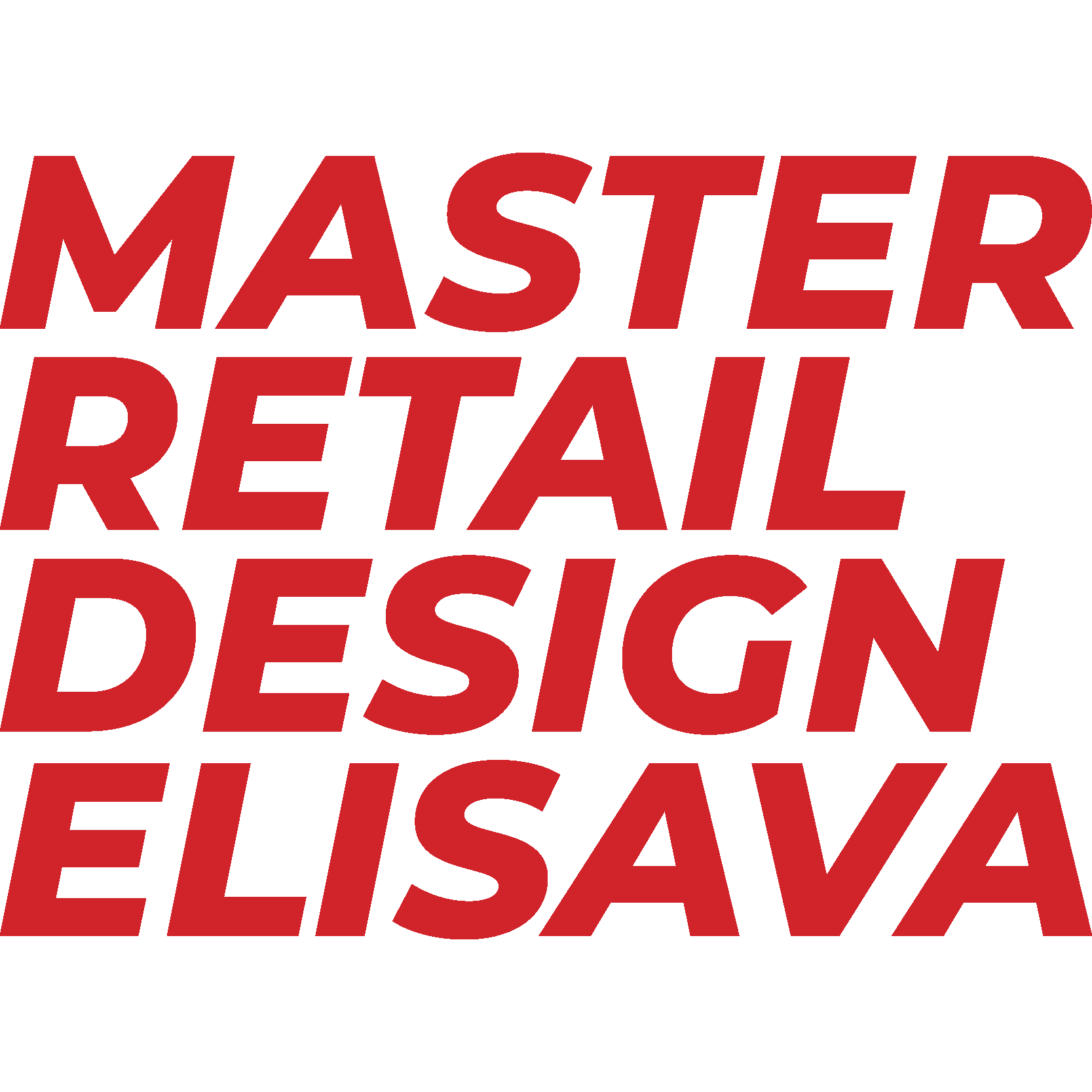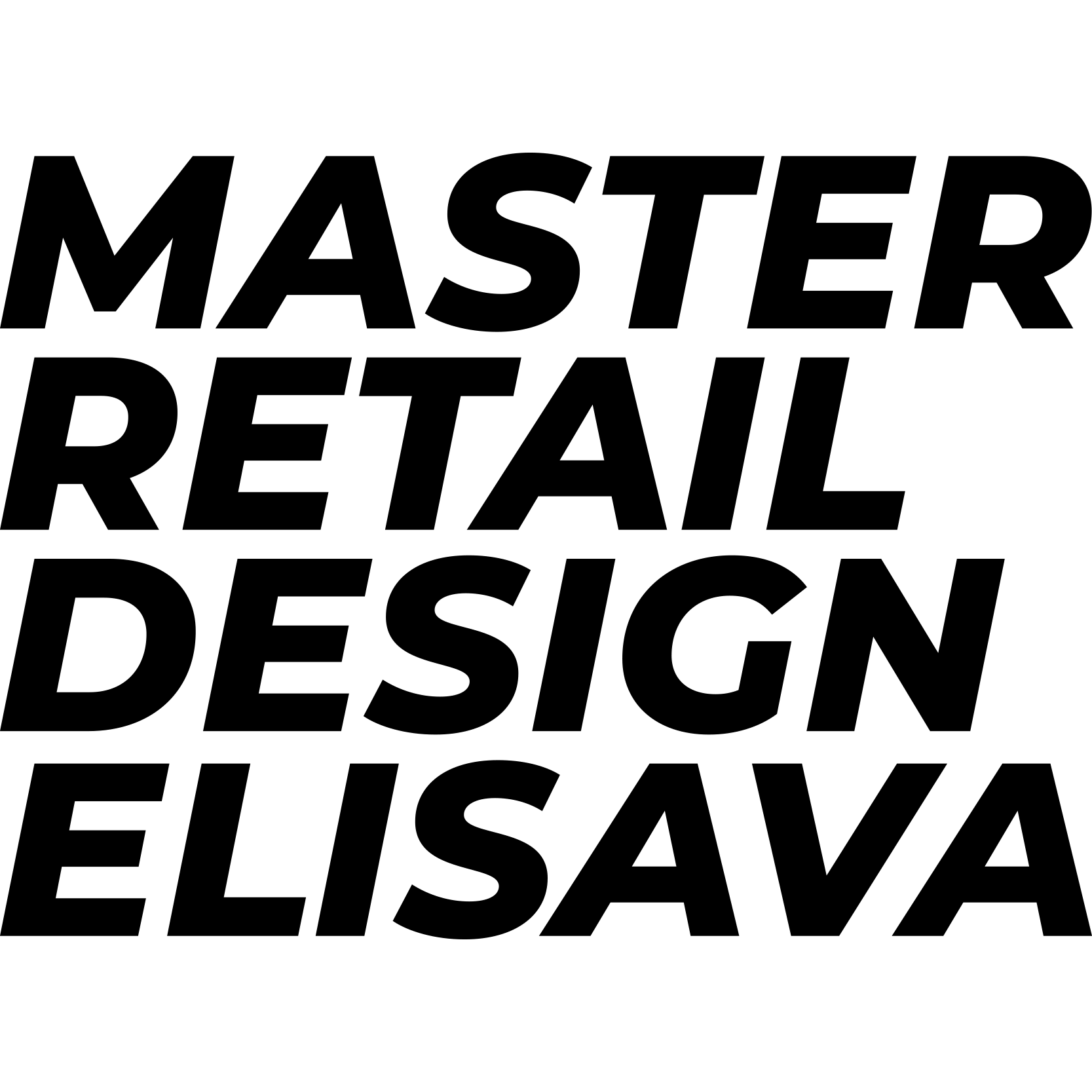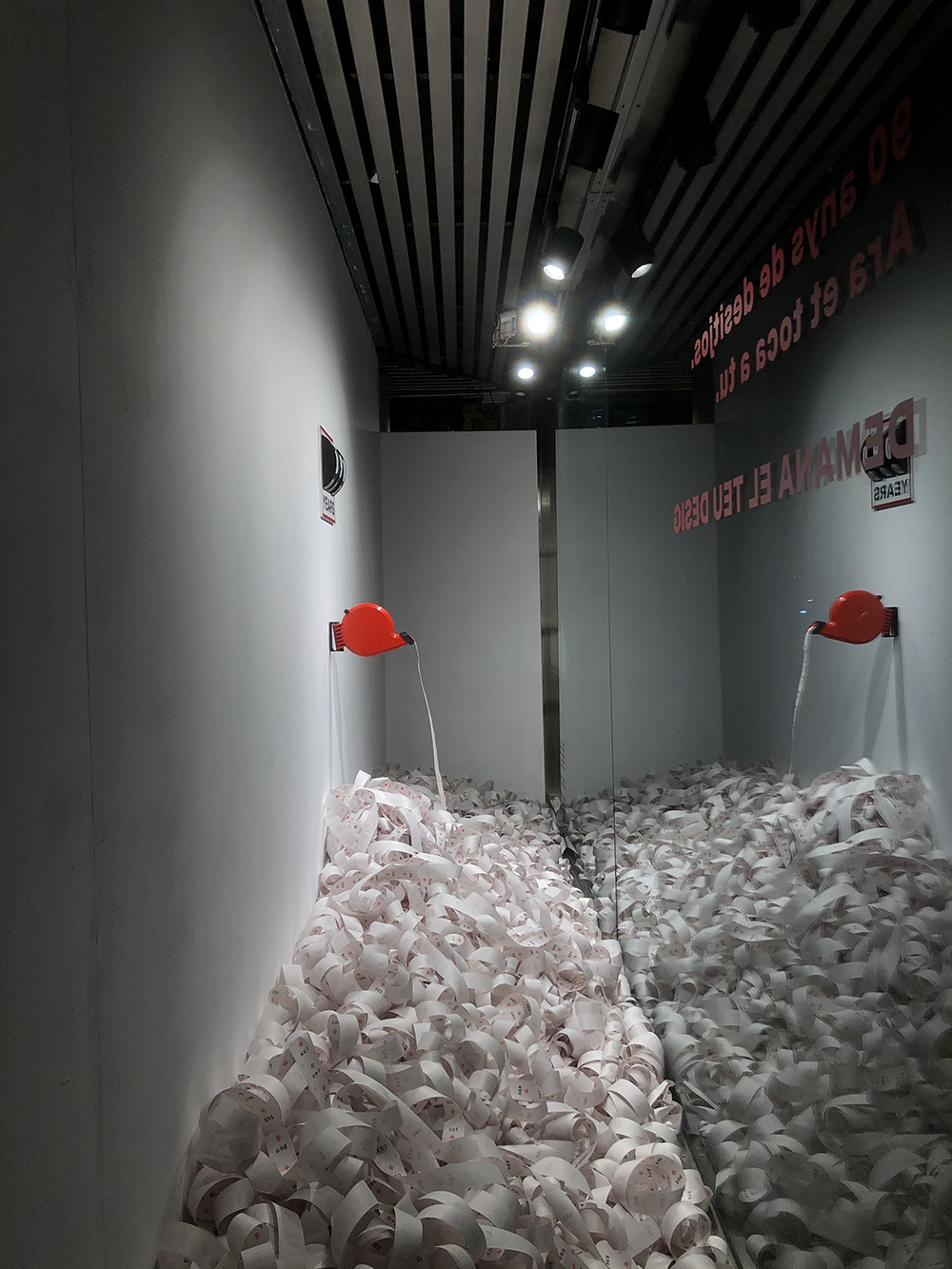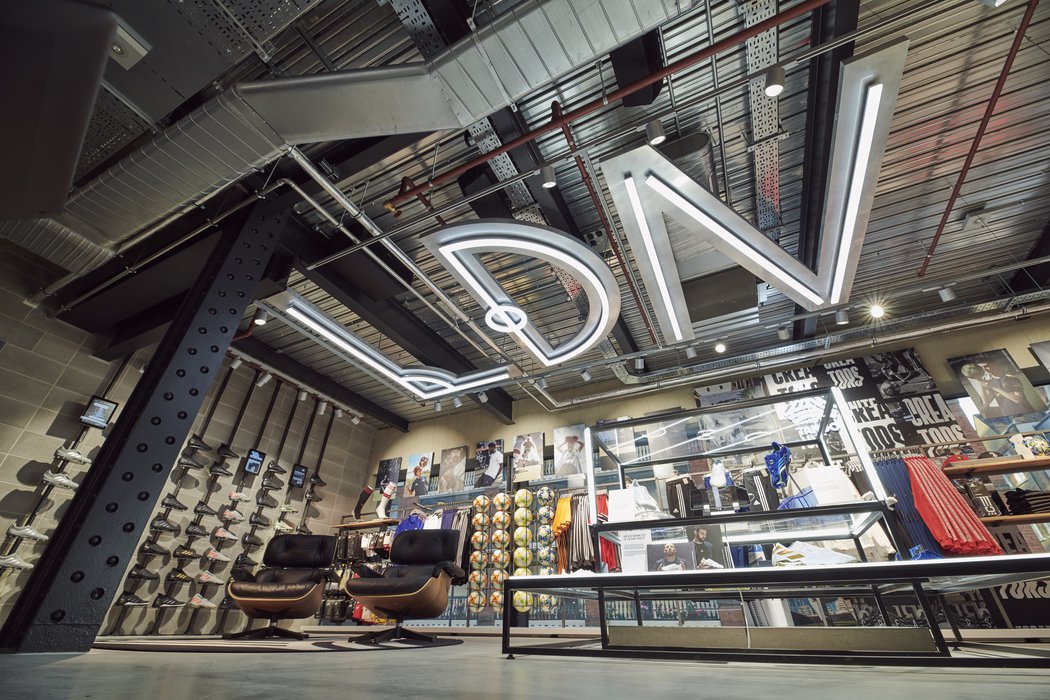And afterwards what?
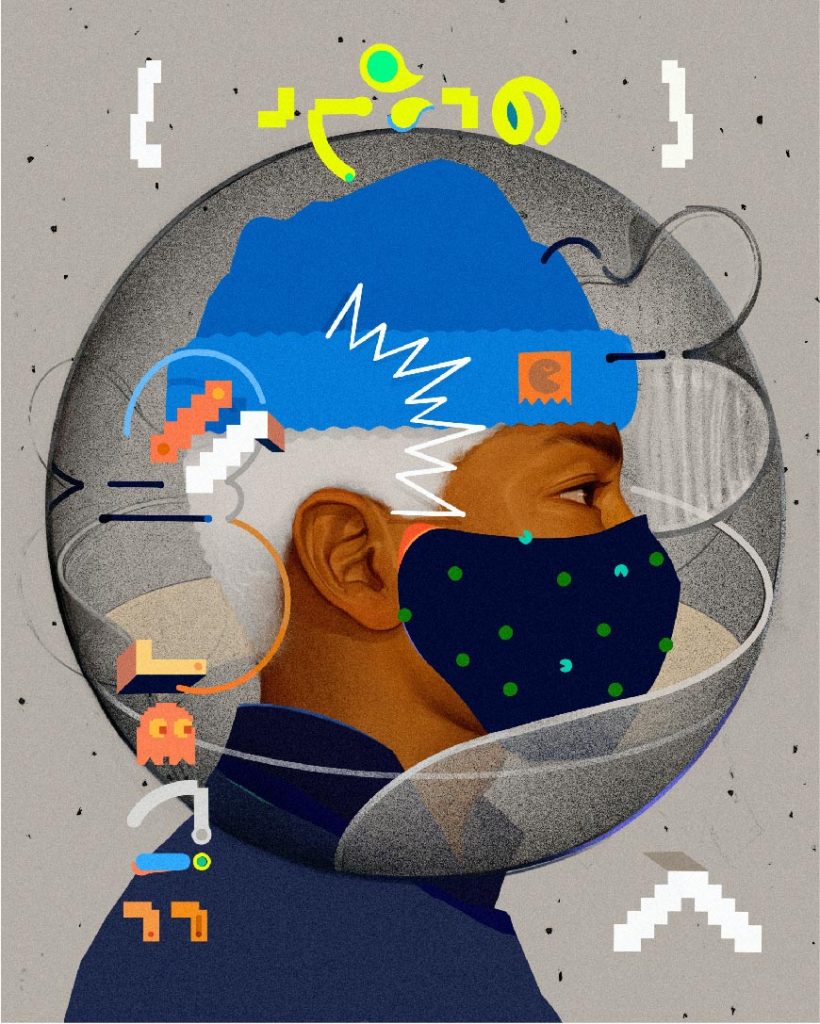
We are in the midst of an exceptional pandemic situation, with enormous effects on the economy. Unfortunately, Covid-19 has been only the first and perhaps the least important of three accidents that we must face: Covid-19, Economic crisis, Climate change.
According to Dr. Soumya Swaminathan, principal scientist at the World Health Organization, mass vaccinations for Covid-19 are not expected before 2022. Risk groups could be immunized in mid-2021. In parallel with these estimates, the German government extends the ERTE until December 2021. Finally, if we look at the behavior of the stock markets globally, we see a heterogeneity, the United States strengthened and Europe in a disadvantaged position.
Can we make predictions about the end of the Covid-19 crisis, the short-medium-term behavior of the Retail sector and the continuity of the capitalist model as we know it today?
Obviously not, but we can propose a series of scenarios and their possible consequences.
SCENARIO 1: Everything remains the same …
In mid-2021, health indicators and the WHO certify a clear regression of Covid-19. The population with the capacity to consume resumes its activity and is even allowed to use some savings for whims that had been denied until now. Some experts speak of full recovery in the period between 2022 and 2024 …
While it is true that the outlook is positive, the legacy of COVID-19 has meant the closure of many points of sale and the closure or acquisition of some companies (watch out for American and Asian companies acquiring European companies) with less muscle … Retailers, if well adapted, struggle to find the balance between ON and OFF – line sales knowing that, in the event of another new pandemic, they will be able to distribute their solutions through IT and messaging services.
But what about the third of the accidents that we mentioned at the beginning? What about climate change?
On September 25, 2015, 193 countries committed to the 17 Sustainable Development Goals (SDGs) of the United Nations and their fulfillment by 2030.
All the objectives are important and transcendent, but it seems that to meet them, the change must be so HUGE, that we no longer speak about a model change but a CHANGE OF PARADIGM… Scenario 1 does not contemplate it.
SCENARIO 2: The economic crisis continues in time and everything remains the same … Or not.
In mid-2021, health indicators and the WHO certify a clear setback for COVID-19. The measures taken by governments to avoid mass layoffs have ended. The decrease in turnover is a logical reason to restructure workforce in order that companies can survive and maintain those essential jobs. Unemployment increases substantially during the first semester and to avoid a greater social crisis, governments implement measures to guarantee the minimum income for the population.
A rebalancing of consumption and a change in the effective structure of work are expected: Less permanent contracts and an exponential increase of temporary and project-based contracts. This new model increases the competitiveness of the system but expels those workers who are less trained and have less capacity to market adaptation. The minimum income becomes the pillar of society. Public education is the tool to reverse inequalities in terms of opportunities … The new “middle class” works by project for a certain period of time, well paid, and disappears from the labor market until the next project … This scenario raises the return to parallel markets, markets where the exchange of goods and services and “B” money maintain an important part of society. The success of politicians will be measured in its ability to convert population C to B, using other qualifying terms.
But what about the retail sector? Although many economic publications highlight falls of around 35%, we are not able to predict a radical change in retail models, at best we can predict a balance between online and offline sales and a general drop in consumption. It is a good time to remember the “Blackhat” phenomenon: betting only on online sales can put any brand in serious difficulties when “hacker” crime becomes a constant. Thus, we can imagine a scenario-balance between on and offline, a substantial increase in local shopping, an evident decline in “tourist” shopping… And above all, the conscious commitment to those brands that help improve the situation. This is the key: Scenario 2 already includes a PARADIGM CHANGE. The economic crisis modifies the social structure, remuneration formulas (social vs. labor policy), consumption and spending habits and, above all, the strategies of retail brands. They are the first and most interested in strengthening and modifying their image in favor of a better and more sustainable planet. In fact, it is something happened already: Textile incorporates recycled materials, rollouts or store development are certified based on sustainability criteria and the client bets on those companies that modify their DNA to become “3P” sustainable (People, planet and profit)… Infinite growth is impossible, we started talking about sustainable growth and even degrowth. The circular economy appears on the scene.
SCENARIO 3: Positive change.
In mid-2021, health indicators and the WHO certify a clear setback for COVID-19. The companies that have been planning and waiting for the “3P” sustainable conversion during last years appear in the scene with force: Phones are recycled, shoes are made with ocean plastics, clean energy is the only source that the ECB recognizes for those who opt for loans and subsidies… The consumer finally learns to manage their own resources, also thinking about the planet resources, products and services are no longer valued if they don’t have series of virtues associated with them. This is where brands recognize their new role: We must manufacture products and services of first necessity or ethical and sustainable necessity that guarantee a stable and recurring minimum turnover … We must offer products and services that add value to the transcendent chain marked by the 2030 Agenda through strategy and communication, We must retain our CLIENTNERS (Client + Partners) who no longer see the brand as a guarantee of quality but as a guarantee of ethical procedures with which to identify themselves.
But what about the economy and growth? If everything is recyclable, eco-sustainable and consumption is no longer banal or compulsive, but rational and ethical… What are the companies that finally create the necessary jobs?
New jobs linked to the circular economy will appear based on 3 parameters: Necessity, authenticity, proximity.
Those necessary products or services will have their survival assured and will reproduce positioning and segmentation similar to what we have experienced up to now. We must pay attention to the maintenance or new creation of monopolies and oligopolies that do not fit in the new ethical order but that are the ones who start with the advantageous position in a delegitimized political environment and without effective power. The economy is fragmented, atomized, located throughout the defined territory causing greater differentiation between SMEs (which are those that sustain the circular economy) and large corporations. SMEs improve the quality of life of workers who no longer want to live in the large urban hives, now the value is living in a greener environment, where they can cultivate, walk, avoid traffic jams and promote social contact. Corps dominate resources and geo-politics, but they will have to adapt to the new global structure, and they will do so, while maintaining some privileges.
Those products or services that can be defined as whims, will be more exclusive, more expensive and will surely find their consumption in a smaller niche with high purchasing power … The same products and services will be sold to the rest of the population with lower purchasing power through financial formulas such as “Pay per Use”. If social differences have increased, so have differences in terms of brand perception … There will be useful and there will be non-useful. What brand wants to be non-useful? What brand wants to disappear from the streets and lose the contact with its clients? None.
This post cannot venture what the future will be like, but it is an interesting exercise that I encourage all students to practice with. The sum of experiences and reflections will bring us closer to what will truly happen or at least, it will help us to be better prepared in an unprecedented adaptation process.
Marc Verderol.
Spanish Version
¿Y después qué?
No hace falta indicar que nos encontramos en medio de una situación excepcional de pandemia, con enormes efectos sobre la economía. Por desgracia el Covid-19 ha sido solamente el primero y quizás menos transcendente de tres accidentes a los que debemos hacer frente: Covid-19, Crisis económica, Cambio climático.
Según la Dra. Soumya Swaminathan, científica principal de la Organización Mundial de la Salud, no se espera que haya vacunaciones masivas para la Covid-19 antes del 2022. Los grupos de riesgo podrían ser inmunizados a mediados del 2021. Paralelamente a estas estimaciones, el gobierno alemán extiende los ERTE hasta diciembre del 2021. Finalmente, si nos fijamos en el comportamiento de las bolsas a nivel global, vemos un comportamiento heterogéneo, con los Estados Unidos fortalecidos y una Europa en posición de desventaja.
¿Podemos hacer predicciones sobre la salida de la crisis del Covid-19, el comportamiento a corto-medio plazo del sector Retail y la continuidad del modelo capitalista tal y como lo conocemos en la actualidad?
Obviamente no, pero podemos plantear una serie de escenarios y sus posibles consecuencias.
ESCENARIO 1: Todo sigue igual…
A mediados del 2021 los indicadores sanitarios y la OMS certifican un claro retroceso del Covid-19. La población con capacidad de consumo retoma su actividad e incluso se permite usar algunos ahorros para caprichos que se habían negado hasta el momento. Algunos expertos hablan de plena recuperación en el período comprendido entre 2022 y 2024…
Si bien es cierto que las perspectivas son positivas, el legado del COVID-19 ha significado el cierre de muchos puntos de venta y el cierre o adquisición de algunas compañías (ojo a las compañías americanas y asiáticas adquiriendo empresas europeas) de menor músculo… Los retailers, si han sabido adaptarse, luchan para encontrar el equilibrio entre ON y OFF-line sales sabiendo que, en caso de otra nueva pandemia, podrán distribuir sus soluciones mediante IT y servicios de mensajería.
Pero ¿Qué ocurre con el tercer de los accidentes que comentábamos al principio? ¿Qué ocurre con el cambio climático?
El 25 de setiembre de 2015, 193 países se comprometieron con los 17 objetivos de desarrollo sostenible (ODS) de Naciones Unidas y su cumplimiento para el 2030.
Todos los objetivos son importantes y trascendentes, pero parece que, para cumplirlos, el cambio deber ser tan ENORME que ya no hablamos de un cambio de modelo sino de un CAMBIO DE PARADIGMA… El escenario 1 no contempla este cambio.
ESCENARIO 2: La crisis económica se alarga en el tiempo y todo sigue igual… O no.
A mediados del 2021 los indicadores sanitarios y la OMS certifican un claro retroceso del COVID-19. Las medidas tomadas por los gobiernos para evitar los despidos masivos han terminado. La disminución de facturación es un motivo lógico para restructurar plantillas con el objetivo de que las empresas puedan sobrevivir y mantener aquellos puestos de trabajo imprescindibles. El paro aumenta de forma sustancial durante el primer semestre y para evitar una mayor crisis social, los gobiernos implementan medidas para garantizar la renta mínima para población.
Se prevé un reequilibrio del consumo y un cambio en la estructura efectiva del trabajo: Menos contratación fija y un aumento exponencial de las contrataciones temporales y por proyecto. Este nuevo modelo aumenta la competitividad del sistema, pero expulsa a aquellos trabajadores menos formados y con menor capacidad de adaptación al mercado. La renta mínima se convierte en el pilar de la sociedad. La educación pública es la herramienta para revertir las desigualdades en la población en cuanto a oportunidades… La nueva “clase media” trabaja por proyecto durante un período de tiempo determinado, con altas remuneraciones, y desaparece del mercado laboral hasta el siguiente proyecto… Este escenario plantea el regreso a mercados paralelos, mercados donde el intercambio de bienes y servicios y el dinero “B” mantienen una parte importante de la sociedad. El éxito de la política se medirá en su capacidad de convertir la población C a B, utilizando otros términos calificativos.
Pero ¿Qué ocurre con el sector retail? Si bien muchas publicaciones económicas destacan caídas de alrededor del 35% no somos capaces de augurar un cambio radical en los modelos retail, como mucho podemos augurar un equilibrio entre la venta on y off-line y una bajada generalizada del consumo. Es un buen momento para recordar el fenómeno “Blackhat”: apostar únicamente por la venta on-line puede poner en serias dificultades a cualquier marca cuando la delincuencia “hacker” se vuelva una constante. Así pues, podemos imaginar un escenario-balance entre on y offline, un aumento sustancial de la compra de proximidad, un retroceso evidente en las compras “turísticas” … Y sobre todo, la apuesta consciente por aquellas marcas que ayuden a mejorar la situación. Esta es la clave: El escenario 2 ya contempla un CAMBIO DE PARADIGMA. La crisis económica modifica la estructura social, las fórmulas de remuneración (política social vs. Laboral), los hábitos de consumo y gasto y aún más, las estrategias de las marcas retail. Ellas son las primeras y más interesadas en fortalecer y modificar su imagen en pro de un planeta mejor y más sostenible. De hecho, es algo que ya sucede: El textil incorpora materiales reciclados, los rollouts o el store development se certifican a base a criterios de sostenibilidad y el cliente apuesta por aquellas empresas que modifican su ADN para convertirse en sostenibles desde la perspectiva “3P” (planet, people and profit)… El crecimiento infinito es imposible, empezamos a hablar de crecimiento sostenible e incluso de decrecimiento. La economía circular aparece en escena.
ESCENARIO 3: El cambio positivo.
A mediados del 2021 los indicadores sanitarios y la OMS certifican un claro retroceso del COVID-19. Las empresas que llevan años planificando y esperando la conversión sostenible 3P salen a escena con fuerza: Los teléfonos se reciclan, los zapatos se fabrican con los plásticos oceánicos, las energías limpias son la única fuente que el BCE reconoce para aquellos que opten a créditos y subvenciones… El consumidor finalmente aprende a gestionar sus propios recursos pensando también en los recursos del planeta, ya no se valora el objeto de consumo si no lleva asociadas una serie de virtudes. Es aquí donde las marcas reconocen su nueva función: Debo fabricar productos y servicios de primera necesidad o de necesidad ética y sostenible que garanticen una facturación mínima estable y recurrente… Debo ofrecer productos y servicios que añadan valor a la cadena transcendente marcada desde la Agenda 2030. Mediante estrategia y comunicación, debo fidelizar a mis CLIENTNERS (Cliente+Partners) que ya no ven la marca como una garantía de calidad sino como una garantía de procedimiento ético con la que identificarse.
¿Pero y qué ocurre con la economía y el crecimiento? Si todo es reciclable, eco-sostenible y el consumo ya no es banal o compulsivo, sino que es racional y ético… ¿De qué van a vivir las empresas que finalmente crean los puestos de trabajo?
Aparecerán nuevos puestos de trabajo vinculados a la economía circular basándonos en 3 parámetros: La necesidad, la autenticidad, la proximidad.
Aquellos productos o servicios necesarios tendrán su supervivencia asegurada y reproducirán posicionamientos y segmentación similar a lo que hemos vivido hasta ahora. Deberemos prestar atención al mantenimiento o nueva creación de monopolios y oligopolios que no caben en el nuevo orden ético pero que son quienes parten con la posición de ventaja en un entorno político deslegitimado y sin poder efectivo. La economía se fragmenta, se atomiza, se ubica a lo largo del territorio definido provocando mayor diferenciación entre PYMES (que son las que sustentan la economía circular) y las grandes corporaciones. Las primeras mejoran la calidad de vida de los trabajadores que ya no desean vivir en las grandes colmenas urbanas, ahora el valor está en vivir en un entorno más verde, donde cultivar, pasear, evitar los atascos y fomentar el contacto social. Las segundas dominan los recursos y la geopolítica, pero deberán adaptarse a la nueva estructura global, y lo harán manteniendo algunos privilegios.
Aquellos productos o servicios que en el fondo podemos definir como caprichos, serán más exclusivos, más caros y seguramente encontrarán su consumo en un nicho menor de poder adquisitivo alto… Los mismos productos y servicios serán vendidos al resto de la población con menor capacidad adquisitiva mediante fórmulas financieras tipo “Pay per Use”. Si las diferencias sociales se han incrementado, también lo han hecho las diferencias en términos de percepción de marca… Las habrá útiles y las habrá no-útiles. ¿Qué marca quiere ser no-útil? ¿Qué marca quiere desaparecer de las calles y del contacto con sus clientners? Ninguna.
Este post no puede aventurar cómo será el futuro, pero es un ejercicio interesante al que animo a todos los estudiantes. La suma de experiencias y reflexiones nos aproximará a lo que verdaderamente sucederá o al menos, nos servirá para estar mejor preparados en un proceso de adaptación sin precedentes.
Marc Verderol.

